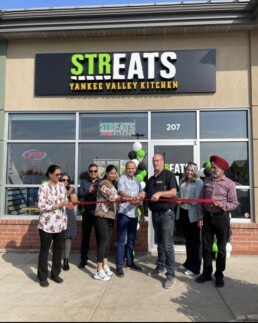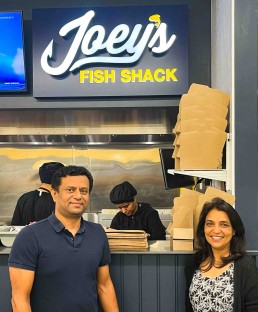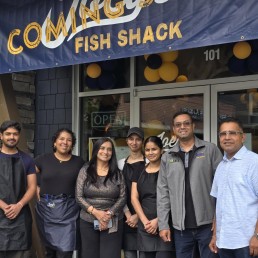Starting a restaurant is a dream for many, but the harsh reality is that more than 60% of new restaurants fail within their first year of operation. Understanding the common pitfalls can help aspiring restaurant owners navigate the challenges of the food and beverage industry successfully. Here are the top five reasons why restaurants fail and how you can avoid these mistakes.
Poor Location
Choosing the right location is crucial for a restaurant’s success. There are two main types of locations to consider: high traffic and destination. High traffic locations have the potential for more customers due to their visibility and foot traffic, but they also come with higher rent costs. On the other hand, destination locations require customers to specifically seek out your restaurant, necessitating effective marketing to draw them in. Balancing visibility, accessibility, and rent costs while considering your target market is key to selecting the ideal location.
Improper Team Management
A successful restaurant thrives on a well-managed, cohesive team. Hiring employees who share your values and vision is essential. Proper training, fair wages, and respectful treatment foster a positive work environment, reducing turnover and increasing staff loyalty. Empower your team by trusting them and providing developmental opportunities. This approach not only improves service quality but also allows you to step back from day-to-day operations without sacrificing performance.
Ego and Resistance to Feedback
Ego can be a significant barrier to improvement. Constructive criticism from customers is invaluable. Being open to feedback and willing to make necessary changes to your menu or service can transform negative experiences into loyal patronage. Accepting that there is always room for improvement and continuously working to enhance your offerings will keep your business aligned with customer expectations.
Lack of Financial Understanding
Knowing your numbers is fundamental to running a profitable restaurant. Key metrics such as cost of goods sold (COGS), labor costs, and rent as a percentage of revenue must be closely monitored. Understanding these financial aspects allows you to identify inefficiencies, prevent theft, and manage cash flow effectively. Without this knowledge, making informed decisions about pricing, inventory, and staffing becomes impossible.
Ineffective Promotions
Running promotions without a clear objective can be detrimental. It’s important to understand the purpose behind each promotion, whether it’s to increase brand awareness or boost profits. Blindly copying competitors’ promotions can lead to financial losses if you don’t have the budget or strategy to support them. Instead, design promotions that align with your business goals and customer base, such as bundled meals or loyalty programs, to drive sustainable growth.
Conclusion
Avoiding these common pitfalls requires strategic planning, a willingness to adapt, and a thorough understanding of both your market and your financials. By focusing on location, team management, humility, financial literacy, and smart marketing, you can build a resilient and successful restaurant.
For more insights on running a successful restaurant, visit the articles posted below.
Streats Harvey Kitchen is Now Open in Kelowna, BC!
16 December 2024
Joey’s Fish Shack Wallaceburg: Opening Soon!
6 November 2024
Opening Soon: Streats Kelowna Kitchen
30 October 2024
New Location Opening Soon: Streats Airdrie Kitchen
30 October 2024
Restaurant Marketing Trends for 2024: Boosting Business
13 August 2024









